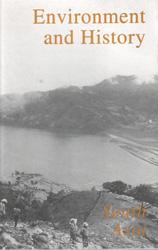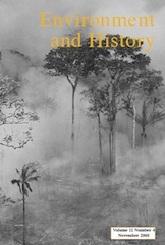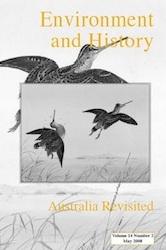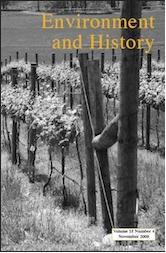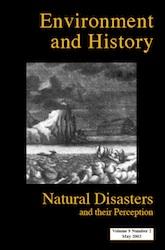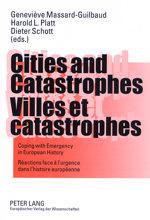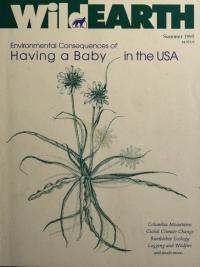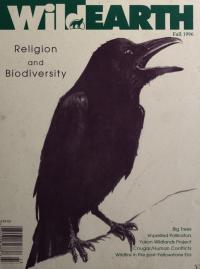"The Politics of Fire and Forest Regeneration in Colonial Bengal"
This paper contends that recent scholarly interest in systems of colonising knowledge, whether called ‘scientific forestry,’ or ‘development,’ has paid inadequate attention to the historical processes shaping such knowledge production in specific colonial locations.


